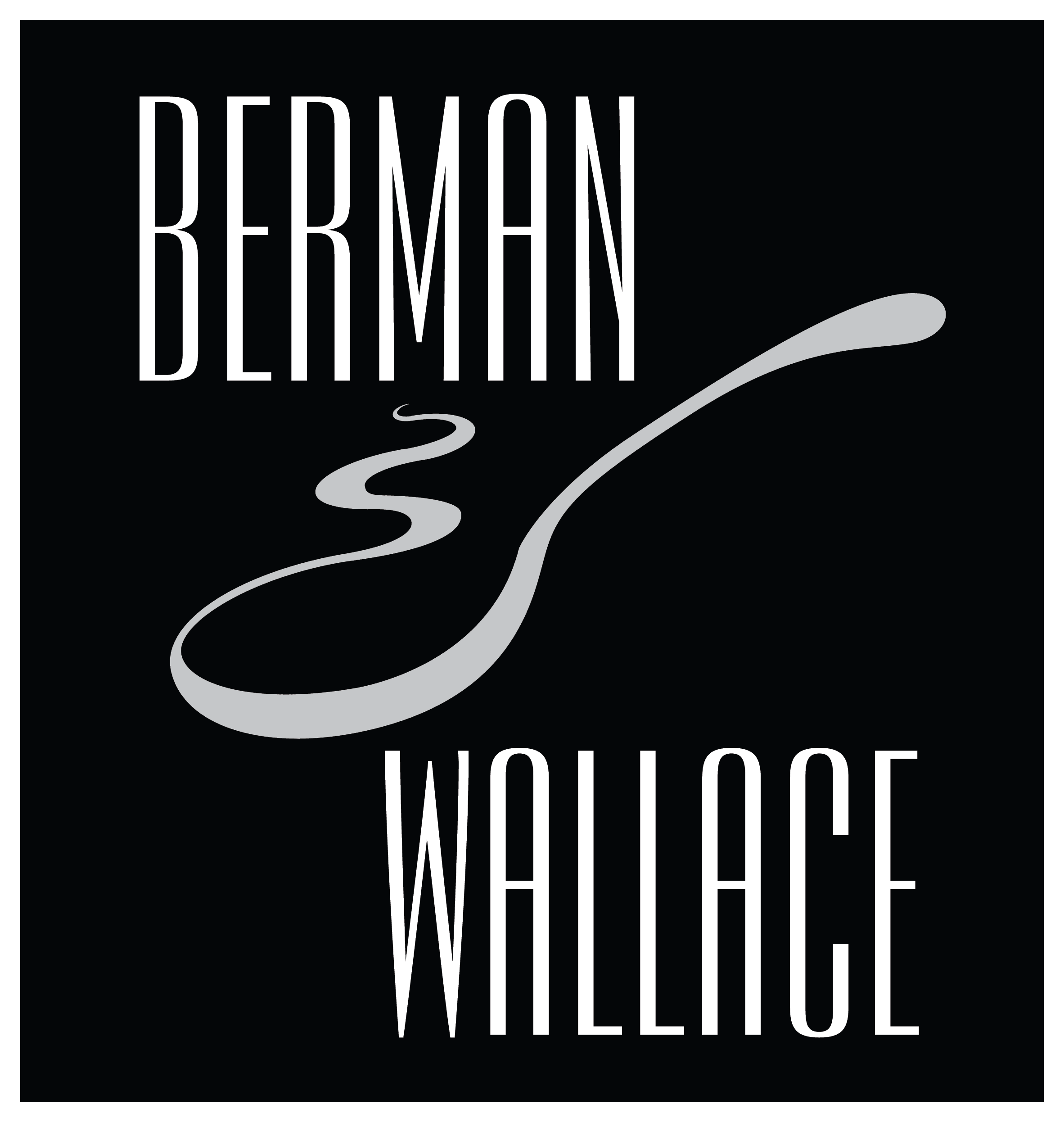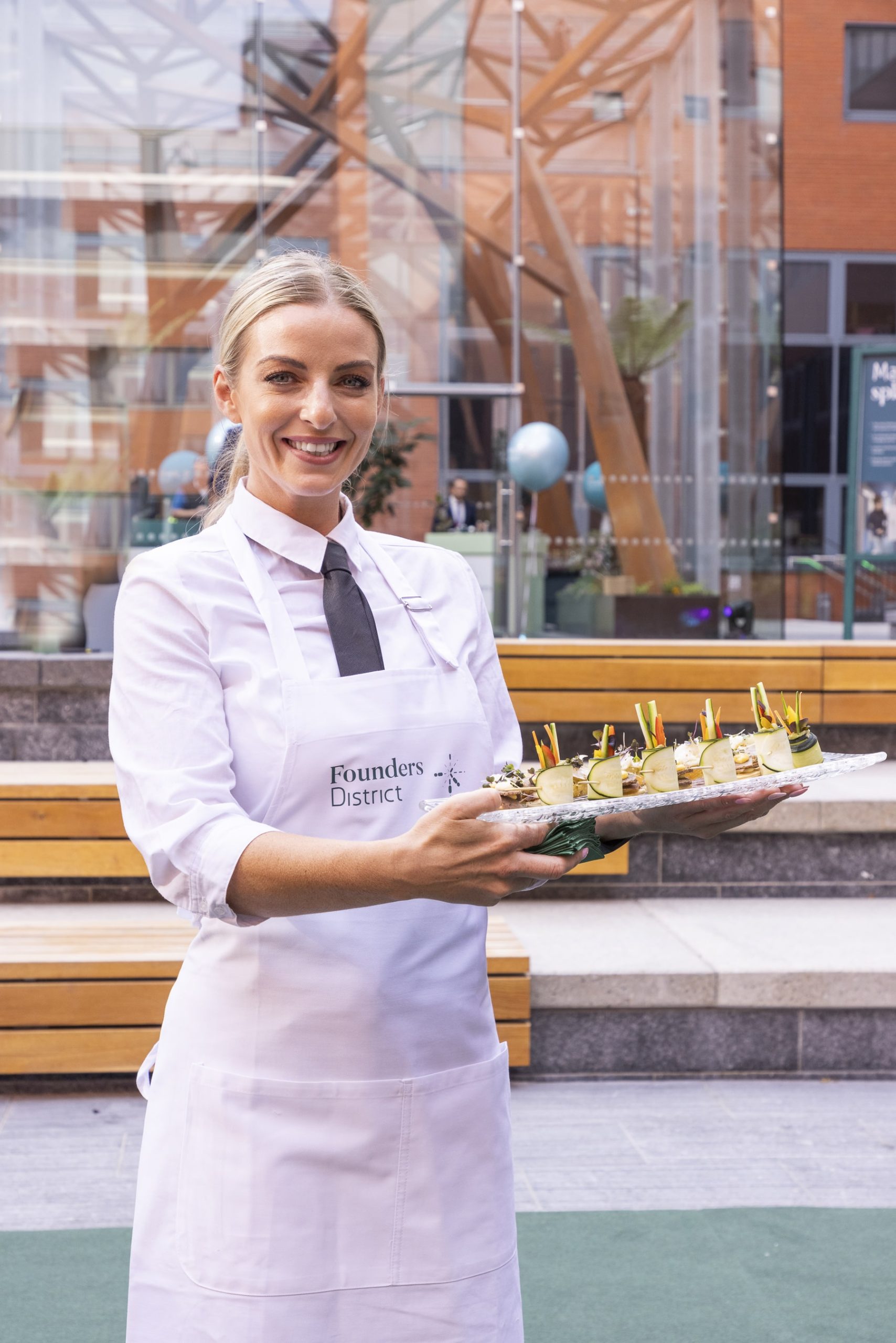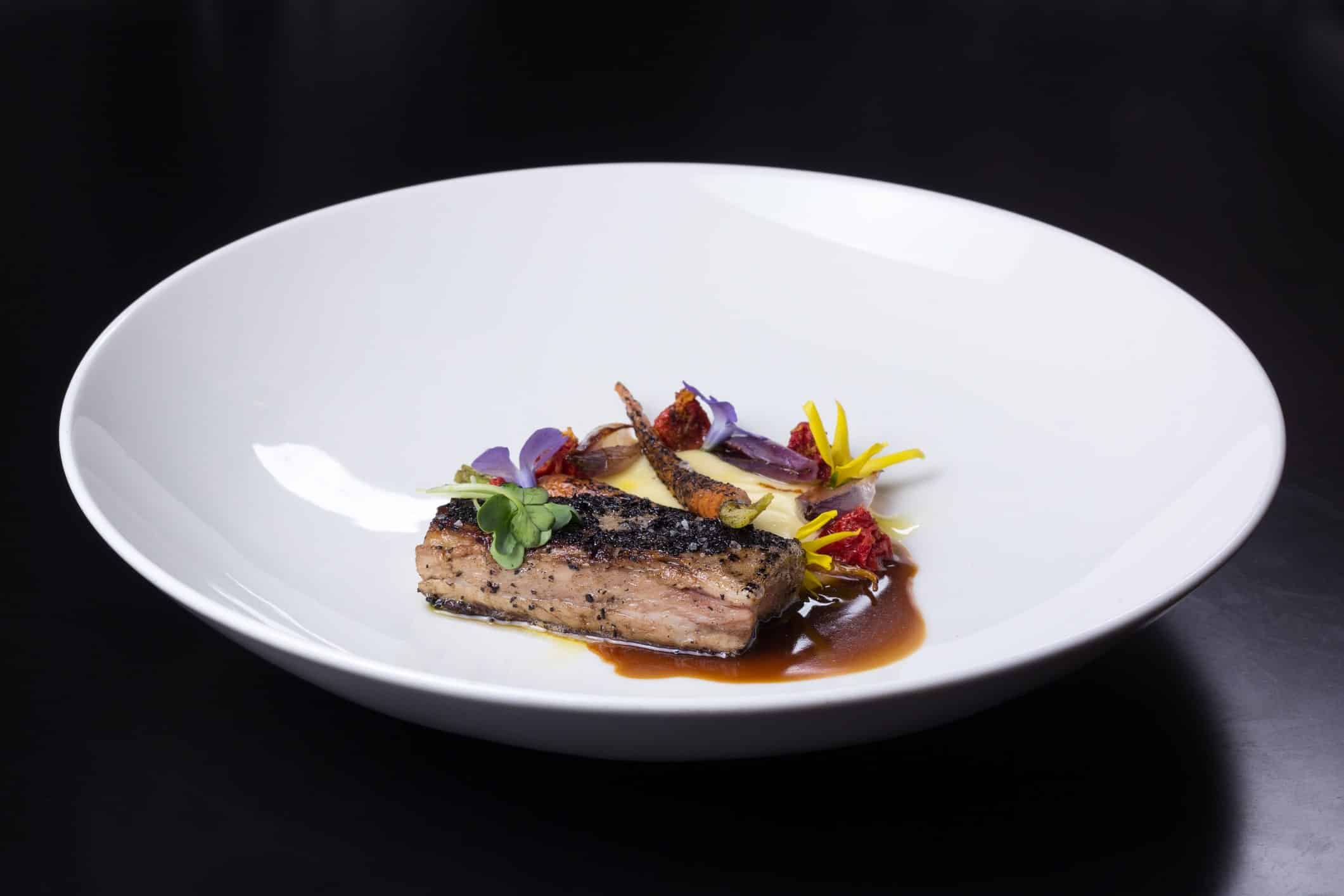Working with a large catering company makes sense for events with high guest counts, multiple service locations, complex logistical requirements, or when you need extensive equipment resources without rental concerns. Berman & Wallace combines the resources of a large catering company with personalised service, giving clients both operational capability and attentive planning for events throughout Dublin.
Scale Advantages
Size brings practical benefits for certain event types and requirements. A large catering company typically maintains more extensive equipment inventories, reducing or eliminating the need for external rentals that add costs and coordination challenges. Staffing depth allows a large catering company to handle multiple events simultaneously without quality concerns, particularly during peak seasons. Production capacity in their kitchens enables a large catering company to manage high-volume food preparation while maintaining consistent quality across all dishes. These structural advantages create confidence when planning events with demanding logistics or guest counts that would strain smaller operations.
Large Catering Company Event Types
Certain gatherings particularly benefit from the resources larger operations provide. Corporate conferences with hundreds of attendees run smoothly with a large catering company accustomed to high-volume service and precise timing requirements. Multi-day festivals or events require the staffing rotation capabilities and food storage systems that a large catering company maintains. Wedding celebrations with large guest lists benefit from the service team depth and equipment resources of a large catering company. Franchise or chain business gatherings that span multiple locations work well with a large catering company that can provide consistent service across different venues. These event formats utilise the operational scale that distinguishes larger catering operations.
Planning Process Differences
The coordination experience often varies when working with providers of different sizes. Proposal development from a large catering company follows more structured formats, with clearer documentation and established package options as starting points. Planning timelines generally extend longer with a large catering company, with earlier commitment deadlines for major decisions like menu selection and guest counts. Contract terms tend toward greater formality with a large catering company, with more detailed cancellation policies and payment schedules. Decision-making often involves more people in a large catering company, sometimes creating longer response times but more thorough evaluation of options. These procedural differences shape the planning journey and work better for some clients than others.
Service Team Structure
Staff organisation creates distinct service patterns depending on company size. Management layers appear more defined in a large catering company, with clear role separation between sales representatives, event planners, chefs, and service supervisors. Specialisation occurs more frequently among staff at a large catering company, with team members focused on specific aspects of service rather than handling multiple responsibilities. Training programmes tend toward greater standardisation in a large catering company, creating consistent service approaches across different team members. Team assignment often happens closer to event dates with a large catering company rather than knowing specific staff members far in advance. These structural elements influence the service experience while offering both advantages and limitations.
Menu Scalability
Food preparation approaches adapt to accommodate varying group sizes. Recipe standardisation receives greater emphasis in a large catering company, ensuring consistent results regardless of which kitchen team prepares a particular dish. Production scheduling allows a large catering company to prepare components in advance without quality loss, supporting more efficient service for substantial guest counts. Menu engineering focuses on dishes that maintain quality during longer holding periods, an important consideration for any large catering company serving hundreds of guests simultaneously. Batch preparation techniques help a large catering company deliver fresh-tasting food despite higher volumes than smaller operations typically handle. These culinary adaptations support quality maintenance regardless of group size.
Comparing Communication Styles
Interaction patterns often reflect organisational structures in noticeable ways. Contact systems typically follow more defined pathways in a large catering company, sometimes with online portals or dedicated departments for different query types. Response protocols generally create more consistent but sometimes less immediate communication from a large catering company compared to smaller operations. Documentation tends toward greater detail from a large catering company, with more comprehensive proposals, contracts, and planning tools provided to clients. Feedback collection usually follows more formal processes with a large catering company, with structured surveys rather than casual conversations. These communication differences work better for clients who prefer clear processes over informal planning approaches.


